Transportation
Fund members with Auto coverage have access to resources and training that prioritize a culture of safety on and off the road.
Transportation Overview
The best approach to auto safety is prevention — including regular maintenance of all vehicles and ongoing training and resources to ensure your drivers use safe driving techniques and best practices.
Fund members with Auto coverage have access to resources and training that prioritize a culture of safety on and off the road. In the case of an accident, theft or other non-collision damage to a vehicle, our expert claims staff are available 24/7 to assist.
Protecting Your Precious Cargo
We know there is nothing more important in a school district or educational organization than the safety of students and staff. We support you with training and consulting services designed for school transportation operations:
- Supervisor training
- Accident investigation training
- Fleet risk management protocol review
- Driver observations
- Facility and shop inspections
- Loss history analysis review

Auto
From winding rural routes to bustling metropolitan highways, Fund Auto coverage travels with you, wherever the road leads.
Transportation Training & Events
Transportation Resources
Auto Preventative Maintenance Checklist
Keeping a regular service schedule for your vehicles helps extend their lifecycles and keep them in safe working condition. Here's a checklist to help.
Hurricane Safety Checklist
Follow these tips to protect staff, students, property, and vehicles if a hurricane threatens or hits your community.
Auto Claim Reporting Guide
Explains which information employers should collect before logging in to report an auto claim.
Rental Vehicle Checklist
Use this checklist to ensure you understand your Auto coverage, rental vehicle contracts, and how to respond to accidents involving rental vehicles.
Manage Your Property and Vehicle Inventory
Protecting assets involves keeping excellent appraisal and maintenance records. Here’s how the Fund can simplify this important work.
Sample Incident Witness Statement
Witness statements can help you identify the root causes of incidents so you can correct them. Use this resource to guide your interviews.
Safety Procedures for Non-Commercial Drivers Template
Customize this template to meet your needs. Includes a sample driver agreement, inspection checklist, and collision investigation form.
Driver Safety Training Toolkit
Train your employees on best practices such as avoiding distractions, driving defensively, and navigating severe weather behind the wheel.
Transportation Insights

The Basics of School Fleet Management
Your community relies on your district's vehicles, so take care of your buses, trucks, and cars with these fleet management basics.
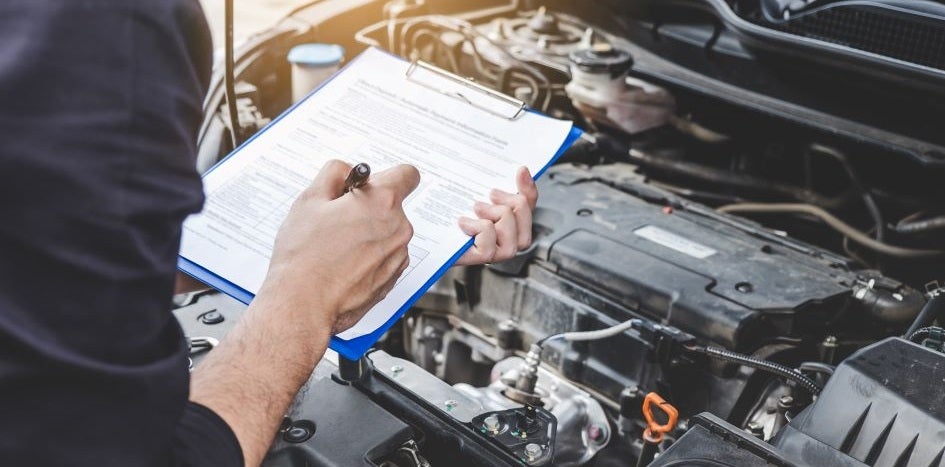
Protect Your Fleet With a Preventative Maintenance Plan
If you want to protect your vehicles and their passengers, you need an effective preventative maintenance plan.
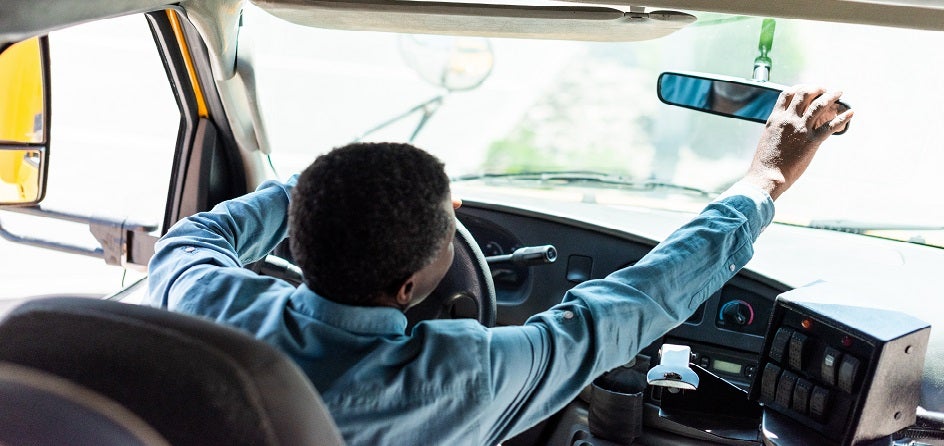
Breaking Down Entry Level Driver Training Requirements
Federal entry level driver training requirements apply to CDL holders, including bus drivers. Do these four things to help your schools comply.
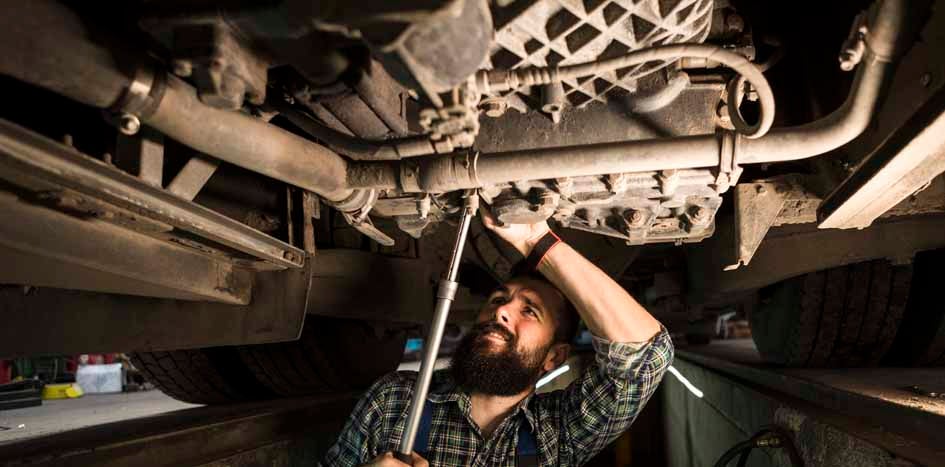
Catalytic Converter Theft Prevention Made Simple
These catalytic converter theft prevention tips can save schools thousands of dollars in unbudgeted costs.

How to Protect Your Fleet from Fuel Theft
You can use a combination of no-cost and paid strategies to protect your fuel investments and keep your vehicles on the road.

Put the Brakes on Distracted Driving
Distracted driving prevention thrives on strong workplace policies and year-round employee training.
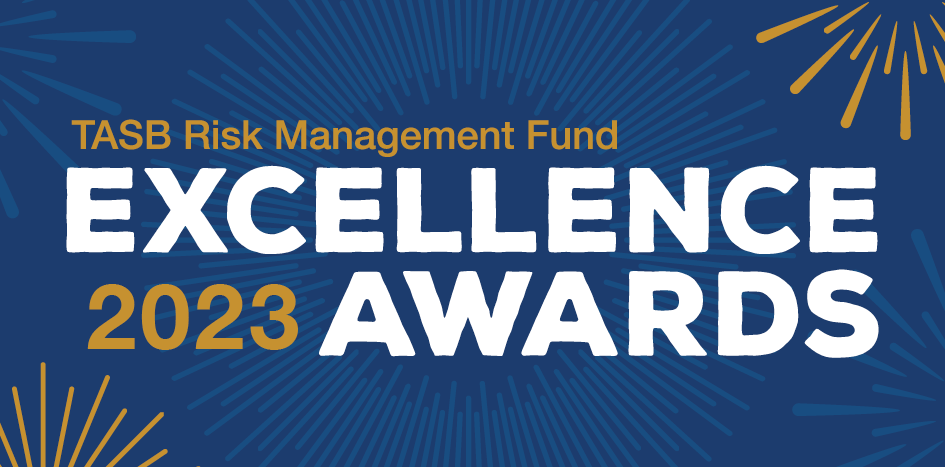
Congratulations to the 2023 Excellence Award Winners
Learn about your peers’ award-winning initiatives and consider how you might adapt them to manage risk in your organization.
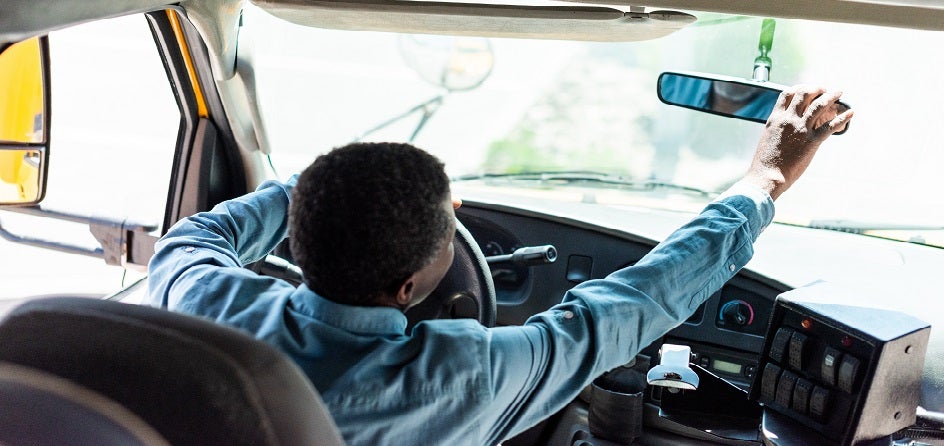
Put Backing Accidents in Your Rearview Mirror
About 10,000 Texans cite unsafe backing as a factor in vehicle collisions every year. Blind spots increase the risk among school bus drivers.
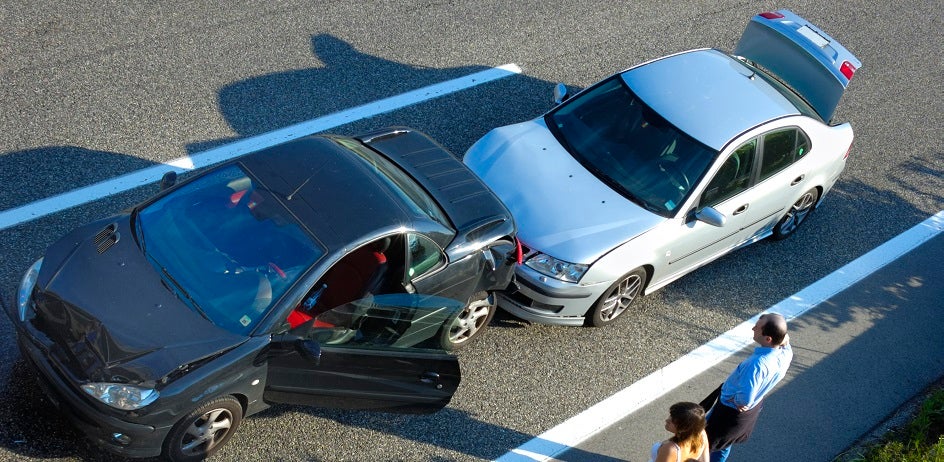
Control Traffic Crashes with Accident Review Committees
An accident review committee is a powerful tool for identifying preventable accidents and reducing the risk of them happening again.
